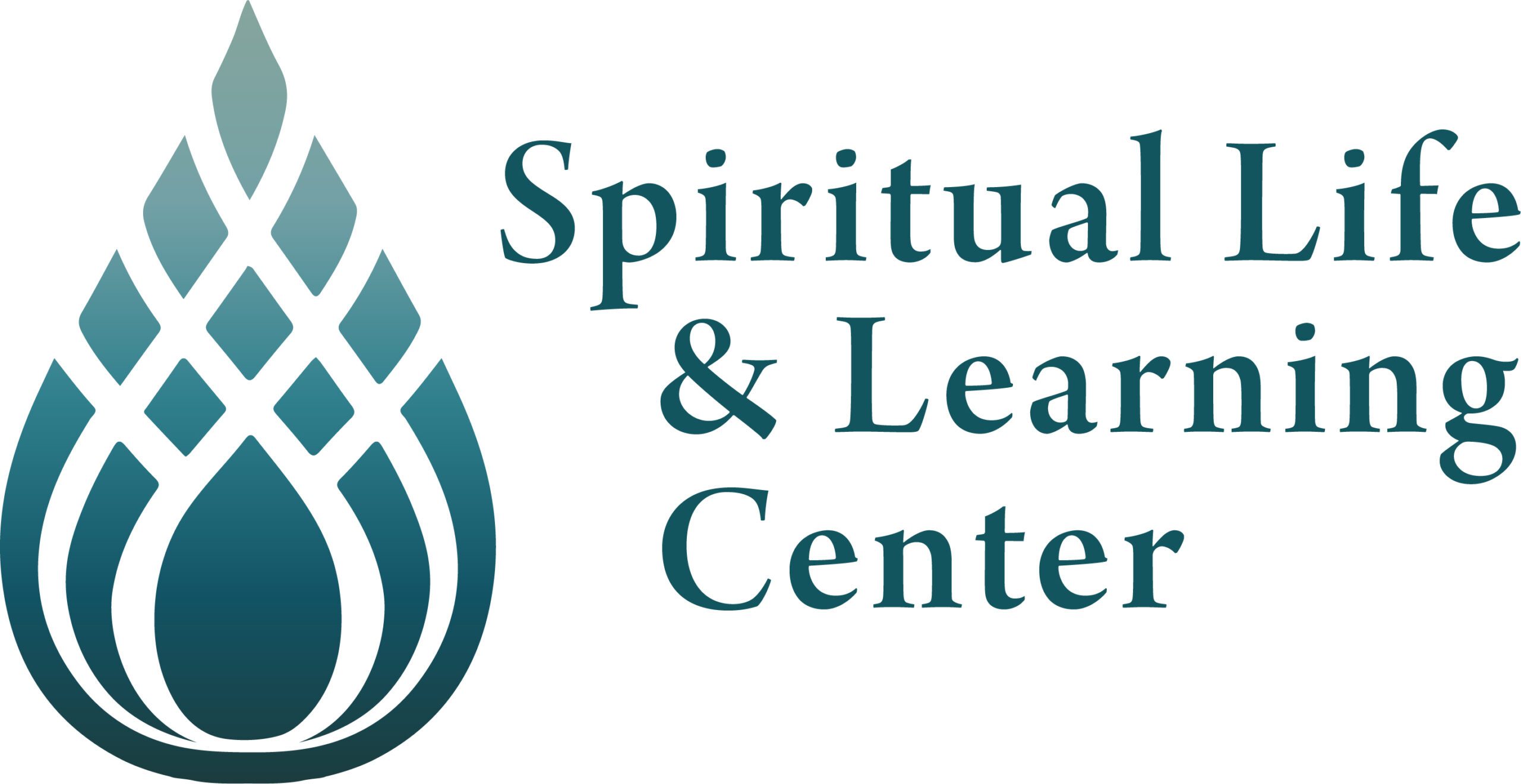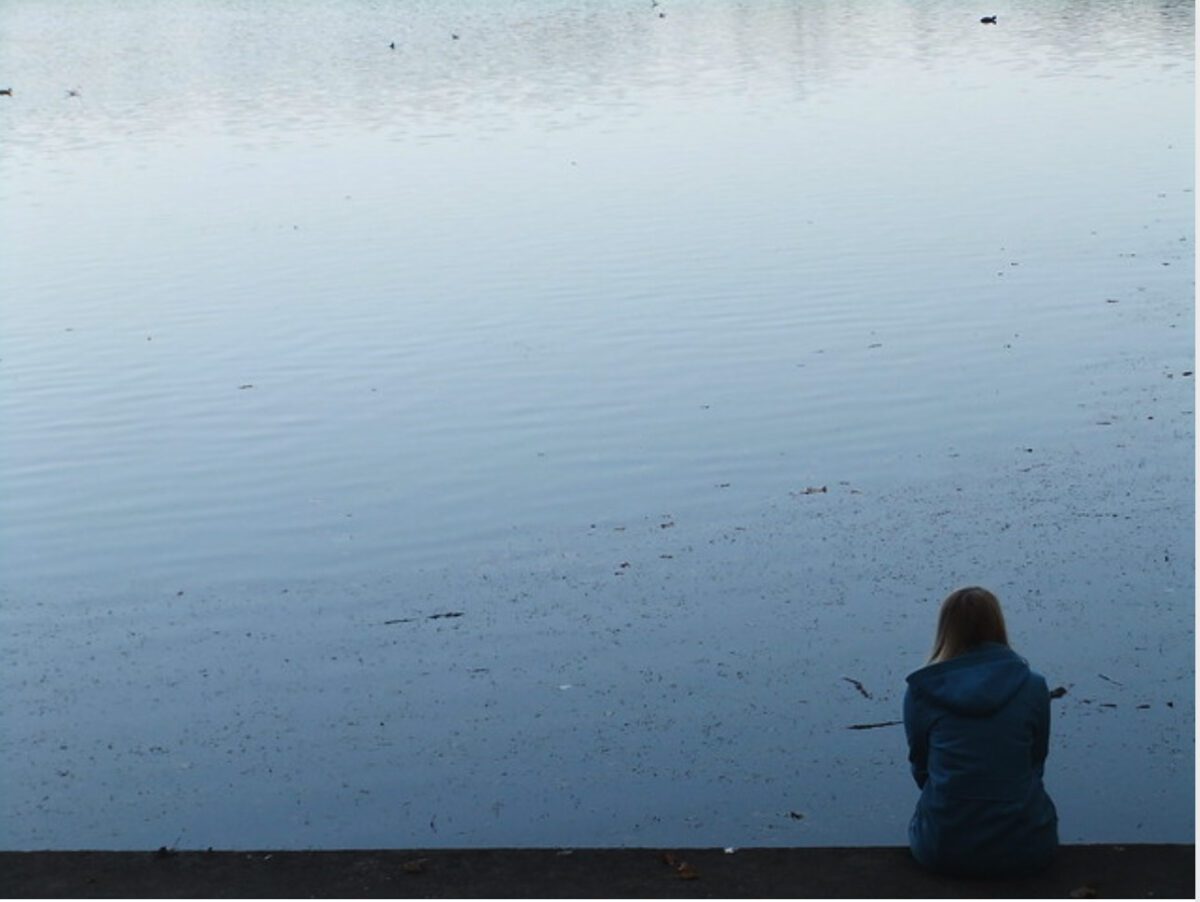Many religious and pagan holy days are celebrated in the spring, and this April in addition to Passover in the Jewish tradition and Holy Week & Easter in Western Christianity, there are Ramanavami and the Hindu New Year, and Ramadan in Islamic tradition, Ostara or Ēostre in Celtic pagan celebrations.
That’s a lot of cosmic power for renewal, rebirth, and regeneration unleashed at the same time as we tentatively move out of pandemic life. But will this energy become the source of inner and outer transformation, or will the powers of “normalcy” and the fear of change block out the unknown but infinite possibilities of new life?
In the fascinating book I’m reading, Peter Gabel’s The Desire for Mutual Recognition, he writes of this “desire,” that it is “for an unmediated co-presence with the other, with each other, that dissolves the false self that separates us and brings us into a pre-reflective and immediate social connection. … The pull of that always-present desire for mutual recognition is the silent anchor fostering all growth and development, whether personal or social.
“We are in hiding without knowing it,” Gabel writes, “until some social circumstance makes it possible for us to truly encounter another, others. And when an experience of authentic mutual recognition does occur, we spontaneously emerge into mutual presence in a way that reveals to us for the first time the schism that had previously enveloped us.”
He gives a personal example when the Loma Prieta earthquake struck San Francisco in 1989, when all the systems collapsed like part of the Bay Bridge, “creating a kind of free space which, when coupled with the genuine fear and need for mutual aid that this event generated, allowed people to risk coming out of hiding.” Suddenly people came together, and watching the news on battery-powered TVs, groups gathered, and “even a newscaster burst into tears and burst into presence, just as we all interacted animatedly with each other about what suddenly become our present situation. … The normal detachment-sense of life taking place outside of us, including our own selves, and of peering out at this world from a spiritually imprisoned passive distance, dissolved into the joy of suddenly being here together.”
The pandemic was a crisis of a different nature, but think of those ways we created joy and connection with neighbors even without being able to be close, of worldwide communal outpourings of love and song honoring not only first responders and the vital healthcare world, but of those “essential people” we so easily take for granted, grocery clerks, delivery drivers, postal workers, etc. What if the way we experience life and each other through these breakdowns of the systems we’ve relied upon so much, is not so much dire exceptions, but serve as a glimpse into the way life could always be if we were able to drop our learned pretense and move into presence?
These holy days are pointless if they are only the celebrations of past mythic events. They offer the possibility of being internalized into our souls and then be lived into the world. The Passover is about liberation from bondage now. Easter is about a resurrection into new life now. (And just so we don’t forget, Resurrection in the Bible is a communal event, for the whole people and for the entire world, not just for individuals.) And Ramadan is about recognizing that our primary need is to connect now with the Beloved without all those other gods we’ve put before the true Source of all blessings, all nourishment.
I, for one, as difficult as it is for me to accept change, do not want to go back to “normal,” nor even a “new normal.” In pandemic we got a pretty full taste of what it means to be cut off from the real presence of others, while many of us also experienced how it’s possible to be truly present even virtually to others during this time, demonstrating what Gabel says that “the pull of that always-present mutual desire for recognition is the silent anchor fostering all growth and development, whether personal or social.”
And he adds:
If our conditioned alienation is a “co-efficient of adversity,” to use Sartre’s phrase, and if that alienation continually deflects us from fully encountering one another as mutual presence, the everpresent pull for mutual recognition is also a co-efficient—a co-efficient of hope—that tethers us to each other as much as our legacy of our fear of each other separates us.
Allowing that desire to roam free is dangerous, I suppose, to the way our lives, our economy, our politics, our religions, our world, have been “ordered,” but the alienation from self, other, and the Holy is decimating our species, the nonhuman species, and the Earth herself. But with that opening of our true selves comes the Love that is our Ground, and the building of a Beloved Community. Can we now brave tilting the balance toward this “co-efficient of hope?” Isn’t it worth taking the risk of love?
Rev. David Hett is Dean of The Burkhart Center





